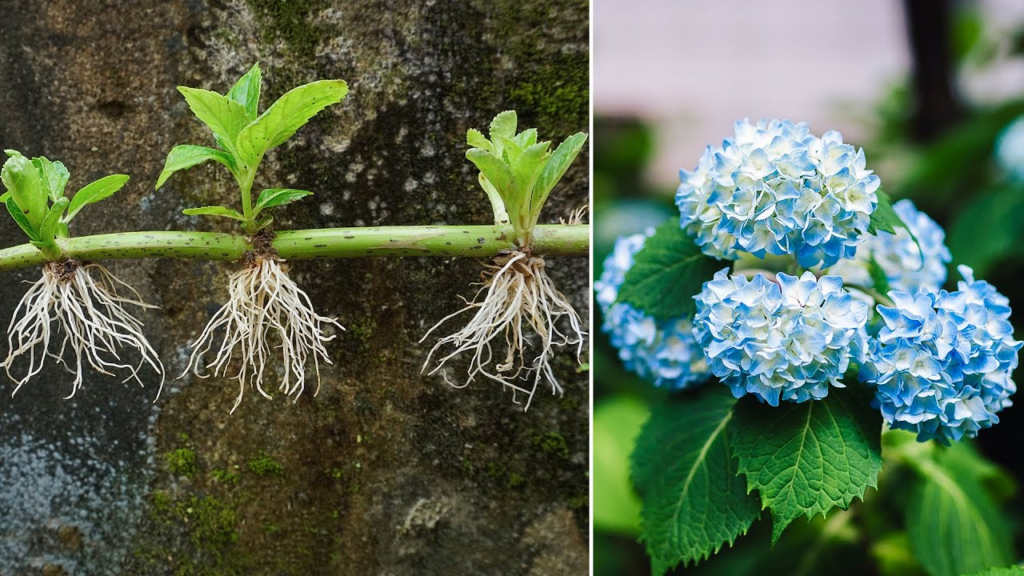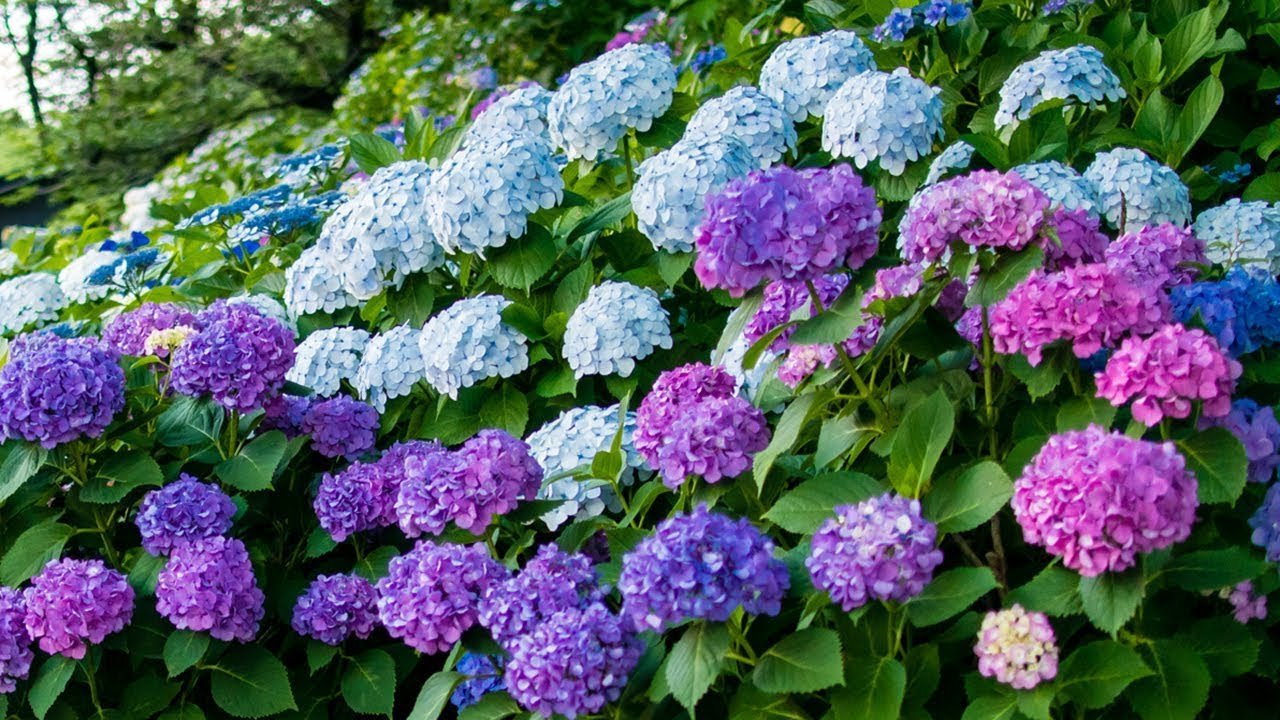Gardening enthusiasts often find themselves drawn to the vibrant and diverse blooms of hydrangeas.
These flowers, known for their large, showy clusters, can transform any garden into a colorful oasis.

To maximize their beauty, gardeners must understand how to make hydrangea flowers multiply.
This guide will provide detailed insights and tips to help your hydrangea plants flourish and multiply, adding more color and life to your garden.
H2: Types of Hydrangeas
1: Bigleaf Hydrangeas (Hydrangea macrophylla)
Bigleaf hydrangeas are the most common type, characterized by their large, glossy leaves and colorful blooms. They are further divided into two subtypes: mophead and lacecap.

2: Panicle Hydrangeas (Hydrangea paniculata)
Panicle hydrangeas have cone-shaped flower clusters and are known for their hardiness. They thrive in full sun and can tolerate colder climates.

3: Smooth Hydrangeas (Hydrangea arborescens)
Smooth hydrangeas produce large, round flower clusters and are native to the United States. They are adaptable and can grow in various soil types.

4: Oakleaf Hydrangeas (Hydrangea quercifolia)
Oakleaf hydrangeas have unique, lobed leaves that resemble oak leaves. Their flowers change color as they mature, adding visual interest throughout the growing season.

Preparing for Hydrangea Multiplication
Choosing the Right Location
Hydrangeas thrive in locations with morning sun and afternoon shade. Ensure the planting area has well-draining soil to prevent root rot.
Avoid areas with intense, direct sunlight all day, as this can stress the plants.
Soil Preparation
Hydrangeas prefer slightly acidic to neutral soil (pH 5.5 to 7). Test your soil’s pH level and amend it if necessary.
Adding organic matter, such as compost, can improve soil structure and provide essential nutrients.
Watering Requirements
Hydrangeas need consistent moisture, especially during the first few years of growth.
Water deeply and regularly, ensuring the soil remains moist but not waterlogged.
Mulching around the base can help retain soil moisture.

Methods to Multiply Hydrangeas
1: Propagation by Cuttings
Selecting the Cuttings
Choose healthy, non-flowering stems from the current year’s growth. Cut 4-6 inch sections just below a leaf node.
Preparing the Cuttings
Remove the lower leaves, leaving only a few at the top. Dip the cut end in rooting hormone to encourage root development.
Planting the Cuttings
Plant the cuttings in a well-draining potting mix. Cover with a plastic bag to create a humid environment and place in a bright, indirect light. Keep the soil moist until roots develop.
2: Layering
Selecting a Branch
Choose a low-growing branch that can be bent to the ground. Remove the leaves from the section that will be buried.
Burying the Branch
Bend the branch to the ground and bury a section of it in the soil, leaving the tip exposed. Secure with a U-shaped pin or rock.
Root Development
Roots will develop from the buried section over several months. Once established, cut the new plant from the parent and transplant it to a new location.
3: Division
Timing and Preparation
Divide hydrangeas in early spring or fall when the plant is dormant. Water the plant thoroughly the day before to ease the division process.
Digging Up the Plant
Carefully dig around the hydrangea, lifting the entire root ball from the ground. Use a sharp knife or spade to divide the root ball into sections, ensuring each has several healthy shoots and roots.
Replanting the Divisions
Replant each division immediately in a prepared hole, ensuring the roots are spread out. Water well and mulch around the base to retain moisture.

Ensuring Healthy Growth
Fertilization
Hydrangeas benefit from regular fertilization. Apply a balanced, slow-release fertilizer in spring and midsummer.
Avoid over-fertilizing, as this can lead to excessive leaf growth at the expense of flowers.
Pruning
Prune hydrangeas to encourage healthy growth and prolific blooming. Timing and method depend on the type of hydrangea.
For example, bigleaf and oakleaf hydrangeas bloom on old wood, so prune immediately after flowering. Panicle and smooth hydrangeas bloom on new wood, so prune in late winter or early spring.
Pest and Disease Management
Hydrangeas are generally resilient but can be affected by pests like aphids and spider mites, and diseases such as powdery mildew and leaf spot.
Regularly inspect your plants and treat any issues promptly with appropriate insecticides or fungicides.
Enhancing Bloom Color
Soil pH Adjustment
The color of bigleaf hydrangeas can be influenced by soil pH. For blue flowers, aim for a more acidic soil (pH 5.2-5.5) by adding sulfur or aluminum sulfate. For pink flowers, a more alkaline soil (pH 6.0-6.2) can be achieved by adding lime.
Water Quality
The water you use can also affect the bloom color. Rainwater is often best, as tap water can sometimes alter soil pH due to its mineral content.
Conclusion
Multiplying hydrangeas and ensuring their healthy growth can significantly enhance the vibrancy and beauty of your garden.
By understanding the types of hydrangeas, preparing the right environment, and using effective propagation methods, you can enjoy a garden bursting with colorful blooms.
Regular maintenance, including proper watering, fertilization, and pruning, will keep your hydrangeas thriving for years to come.

